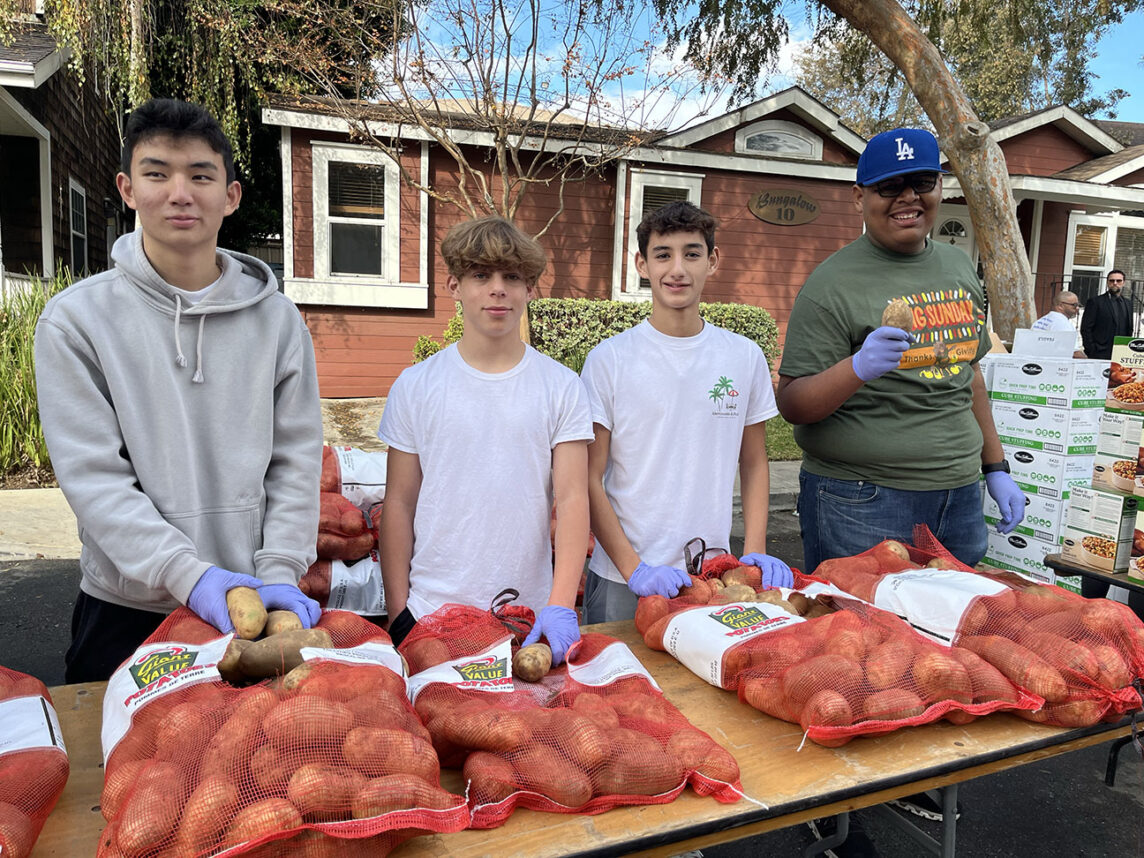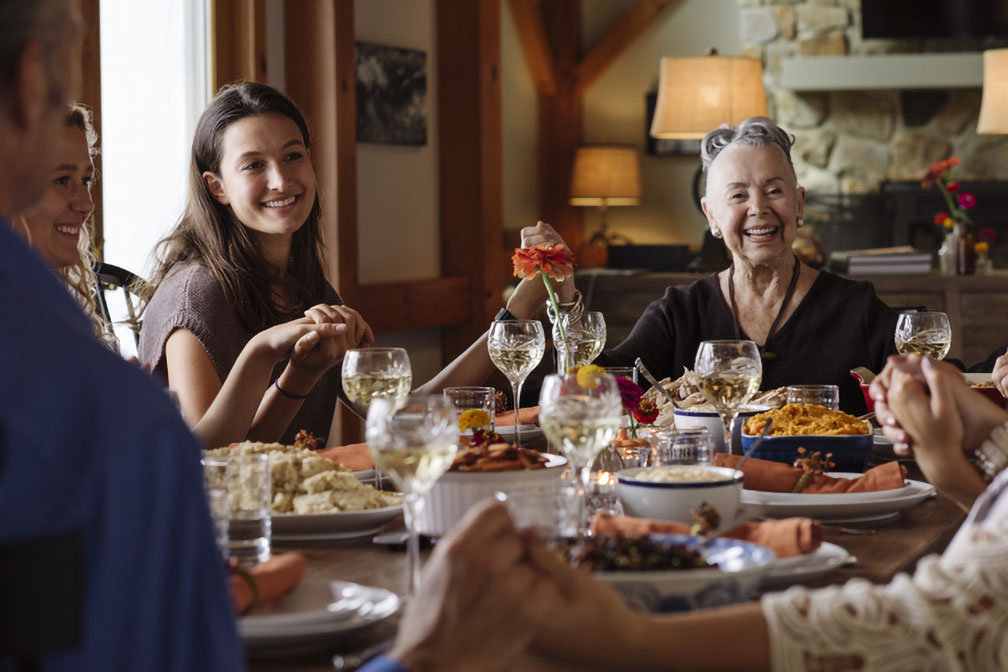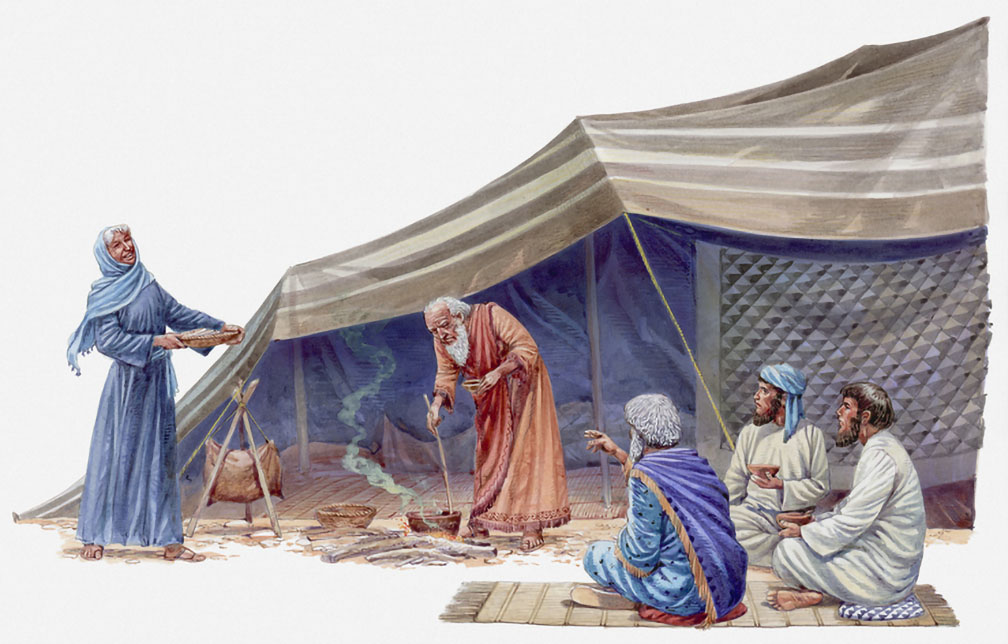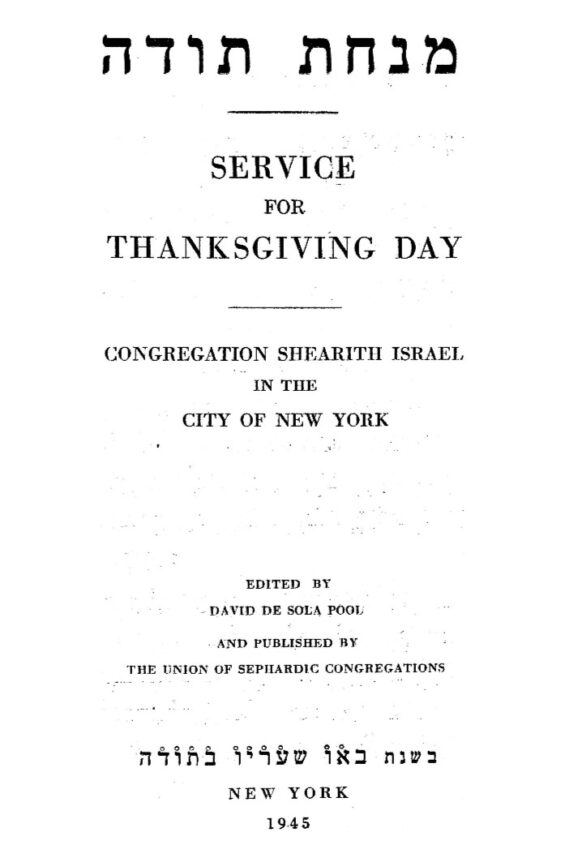When I was growing up, preparing for Passover &’9;was a very serious matter. It was hard and tedious work, yet there is one memory that lingers in my mind and always makes me smile. On the day before Passover, in the midst of the boiling chickens and rising sponge cakes, my father would walk into the kitchen and announce that it was time to make the charoset. My mother happily retreated and my father would take over. He quickly assembled the apples, dates, nuts, wine and spices he needed to prepare the charoset that would sit on the seder plate that night.
As he put his ingredients in the food processor, he’d always say the same thing: “We have it so easy now. When I was a boy growing up in Europe, do you think we had a food processor?” He’d then share stories of what life had been like when he was young, living in a small town in Transylvania, the mountainous terrain between Hungary and Romania. His family did not have plastic to cover their counters for Passover, but rather heavy wooden boards that were kept in the attic. It was a whole day’s work just to get them down the stairs and clean them for use. Despite the hardships, my father spoke of those days with a nostalgic affection.
Each year the charoset recipe remained the same, but the stories were different. Finally, when I was old enough to hear them, he told me how he and his brother tried to commemorate Passover in Ebensee, an Austrian concentration camp.
When my father, Rabbi Tzvi Rossler, finished his stories and the charoset was made, I waited with great anticipation for one delicious taste. “We make the charoset to remind us of the mortar that the Jewish people used in Egypt when they made their bricks,” he said. “You have to be patient and wait for the seder to begin to have some more.”
Now that I have a family of my own, I am the one who works frantically in the kitchen the day before Passover. I am lucky because I know that somewhere, late in the day, relief will come. My father will take over the kitchen. He will line up all his ingredients and, together with his three grandchildren, prepare the charoset. As they chop and mix, he will tell them how easy they have it now and share with them his sweet recipe and his bittersweet memories.
3 sweet apples, peeled, sliced
12 soft dates
1/2 cup ground walnuts
1/2 tsp. (or more) cinnamon
1/4 tsp. ginger
Sweet kosher wine
Alternate between the apples and dates as you chop them in the food processor.
Remove and put in a bowl.
Add the walnuts, cinnamon and ginger. Mix gently and add enough sweet red kosher wine to make a firm paste. Go easy on the wine so that it remains in a semisolid state.
Have all the tasters give their opinions.




















 More news and opinions than at a Shabbat dinner, right in your inbox.
More news and opinions than at a Shabbat dinner, right in your inbox.